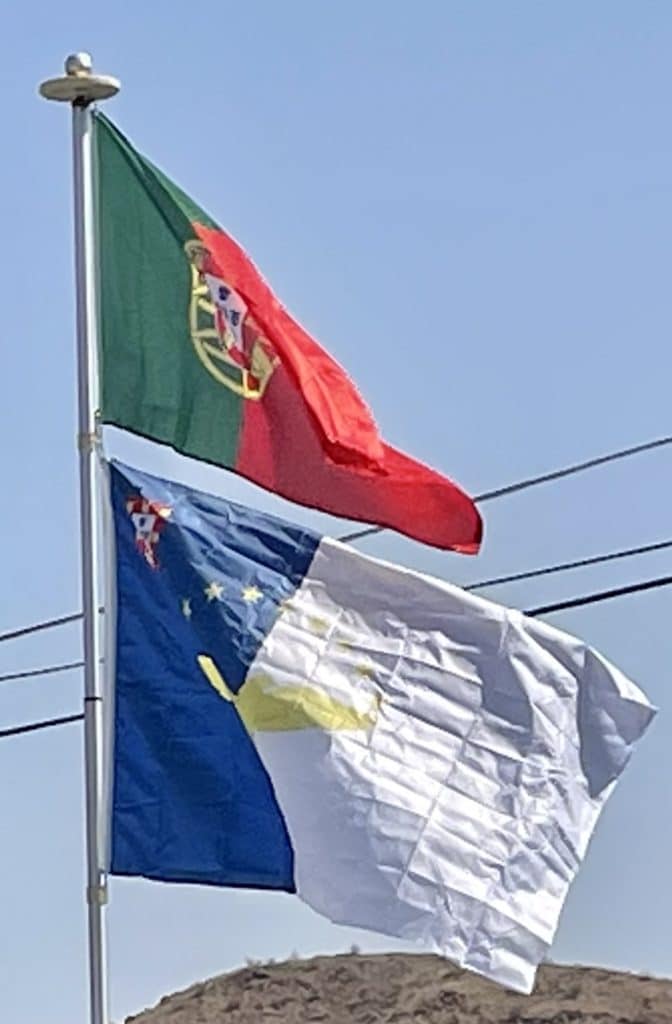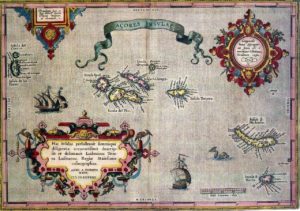
There were no large animals on Santa Maria, so after its discovery and before settlement began, sheep were let loose on the island to supply future settlers with food. Settlement did not take place right away, however. Gonçalo Velho Cabral gathered resources and settlers for the next three years (1433–1436) and sailed to establish colonies, first on Santa Maria and then on São Miguel. Settlers cleared bush and rocks to plant crops: grain, grapevines, sugar cane, and other plants suitable for local use and of commercial value. They brought domesticated animals, such as chickens, rabbits, cattle, sheep, goats, and pigs, and built houses and established villages.
The archipelago was largely settled from mainland Portugal. São Miguel was first settled in 1449, the settlers – mainly from the Estremadura, Alto Alentejo and Algarve areas of mainland Portugal, under the command of Gonçalo Velho Cabral – landed at the site of modern-day Povoação. Many of the early settlers were Portuguese Sephardi Jews who were banished/exiled there by the inquisition on mainland Portugal.
In 1522, Vila Franca do Campo, then the capital of the island, was devastated by an earthquake and landslide that killed about 5,000 people, and the capital was moved to Ponta Delgada. The town of Vila Franca do Campo was rebuilt on the original site and today is a thriving fishing and yachting port. Ponta Delgada received its city status in 1546. From the first settlement, the pioneers applied themselves to agriculture, and by the 15th century Graciosa exported wheat, barley, wine and brandy. The goods were sent to Terceira largely because of the proximity of the island.
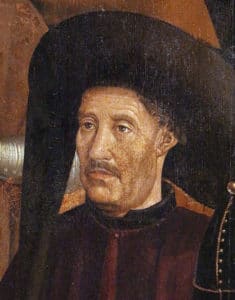
The settlement of the unoccupied islands started in 1439 with people mainly from the continental provinces of Algarve and Alentejo. In 1583, Philip II of Spain, as king of Portugal, sent his fleet to clear the Azores of a combined multinational force of adventurers, mercenaries, volunteers and soldiers who were attempting to establish the Azores as a staging post for a rival pretender to the Portuguese throne.
Iberian Union:
The Azores were the last part of the Portuguese Empire to resist King Philip of Spain’s reign over Portugal (Macau resisted any official recognition), until the defeat of forces loyal to the Prior of Crato with the Conquest of the Azores in 1583.
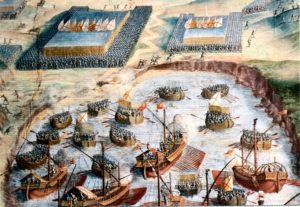
Portuguese control resumed with the end of the Iberian Union in 1640, and the beginning of the Portuguese Restoration War, not by the professional military, who were occupied with warfare on the Portuguese mainland, but by local people attacking a fortified Castilian garrison.
Liberal Wars:
The Portuguese Civil War (1828–1834) had strong repercussions in the Azores.
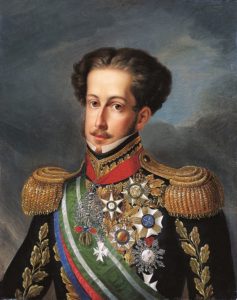
In 1829, in Praia da Vitória, the liberals won over the absolutists, making Terceira Island the main headquarters of the new Portuguese regime and also where the Council of Regency (Conselho de Regência) of Maria II of Portugal was established.
Modern Period:
In 1931, the Azores (together with Madeira and Portuguese Guinea) revolted against the Ditadura Nacional and were held briefly by military rebels.
